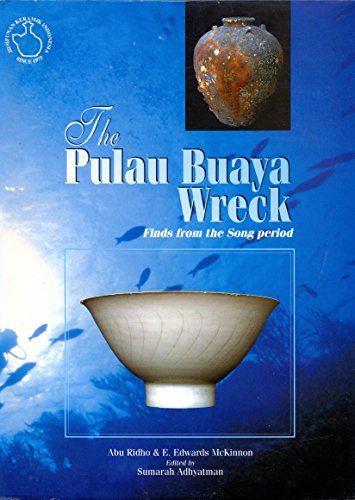
Re-visiting some Qingbai/white wares of unknown origin from the Pulau Buaya wreck
The Pulau Buaya wreck was discovered in 1989 off the coast of Pulau Buaya in the Lingga archipelago. A book entitled "The Pulau Buaya wreck, Finds from the Song period" was written by Abu Ridho & E Edwards Mckinnon regarding the ceramics and other artefacts salvaged from the wreck. In total, the ceramic cargo consisted of more than 32,000 pieces with majority attributed to the Guangdong kiln, a small number of qingbai from Jingdezhen and some green glaze wares from Southern Fujian Tongan/Nanan kiln complex. The wreck is dated to the late Northern Song period, sometime during the early 12th cent. period.

Guangdong played an important role in the history of export trade ceramics, especially during the Northern Song period. Based on the recent findings from shipwrecked cargoes, we can establish that at least after 1050 A.D of the Northern Song period, Guangdong kilns epitomised by Xicun and Bijiashan finally emerged as the main suppliers of trade ceramics . The trend likely persisted till the end of Northern Song. This golden phase came to an end during the Southern Song period when Fujian Quanzhou was designated as the main port of exit. It resulted in the competitive advantage shifting to the Fujian kilns and ultimate demise of majority of the exported oriented kilns in Guangdong.
It should be noted that the post of Shi Bosi (市舶使), ie the Superintendent of Maritime Trade was established in Quanzhou in 1087 A.D. It was a significant event which engendered favourable condition for Fujian coastal kilns to participate in the maritime ceramics trade. Hence, sometime after 1087 A.D, coastal kilns in Southern Fujian would have developed further and also played a role in the export market too. So far, very little is being published regarding the Fujian export ceramics of the late Northern Song period as identification is problemetic. Archaelogical excavation of kilns in Guangdong and Southern Fujian, such as those in Zhangpu, Nanan, Zhangping and etc, revealed that they shared many similar characteristics in term of form and decorative style. However, with increasing amount of information that we could glean from the excavation reports, it is useful to visit some of the ceramic artefacts from published shipwrecks. A case in point is the Pulau Buaya wreck.
The authors of the Pulau Buaya wreck mentioned that a plain undercorated greyish white with folded rim bowls formed the majority of the ceramics recovered from the Pulau Buaya wreck. The authors were of the view that there were likely from several kilns due to variation in the quality and physical features. There was no mention of the likely production sites.
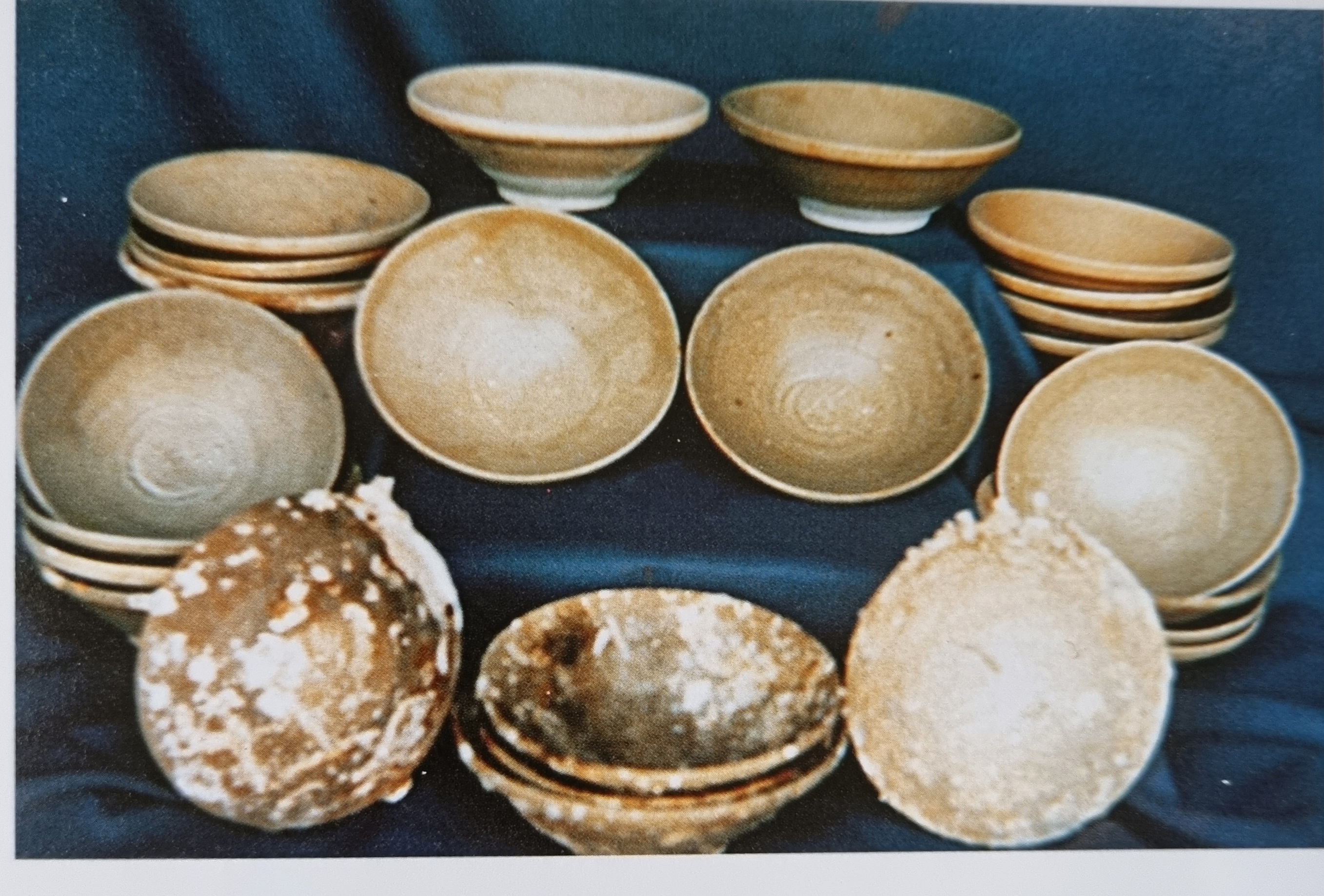 |
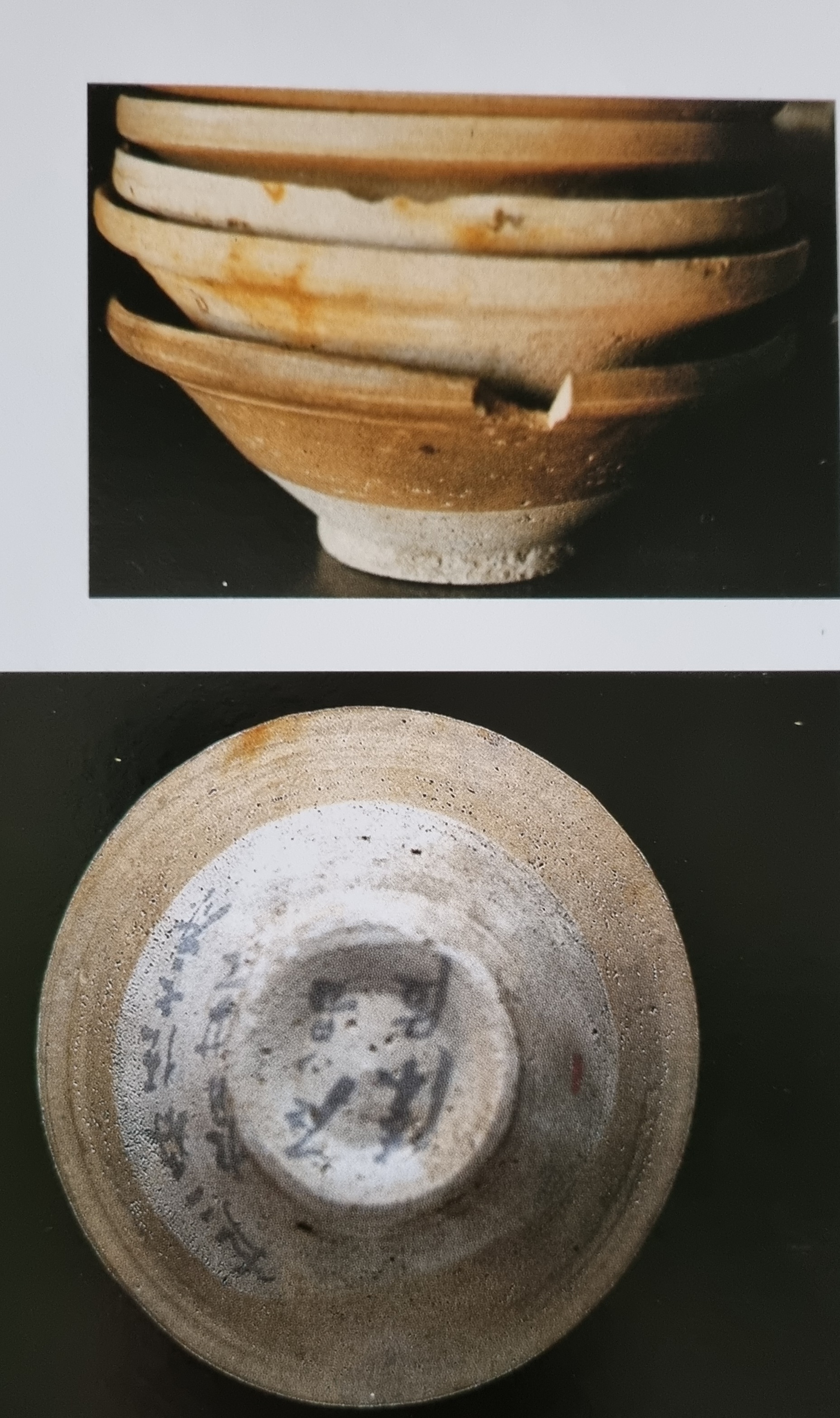 |
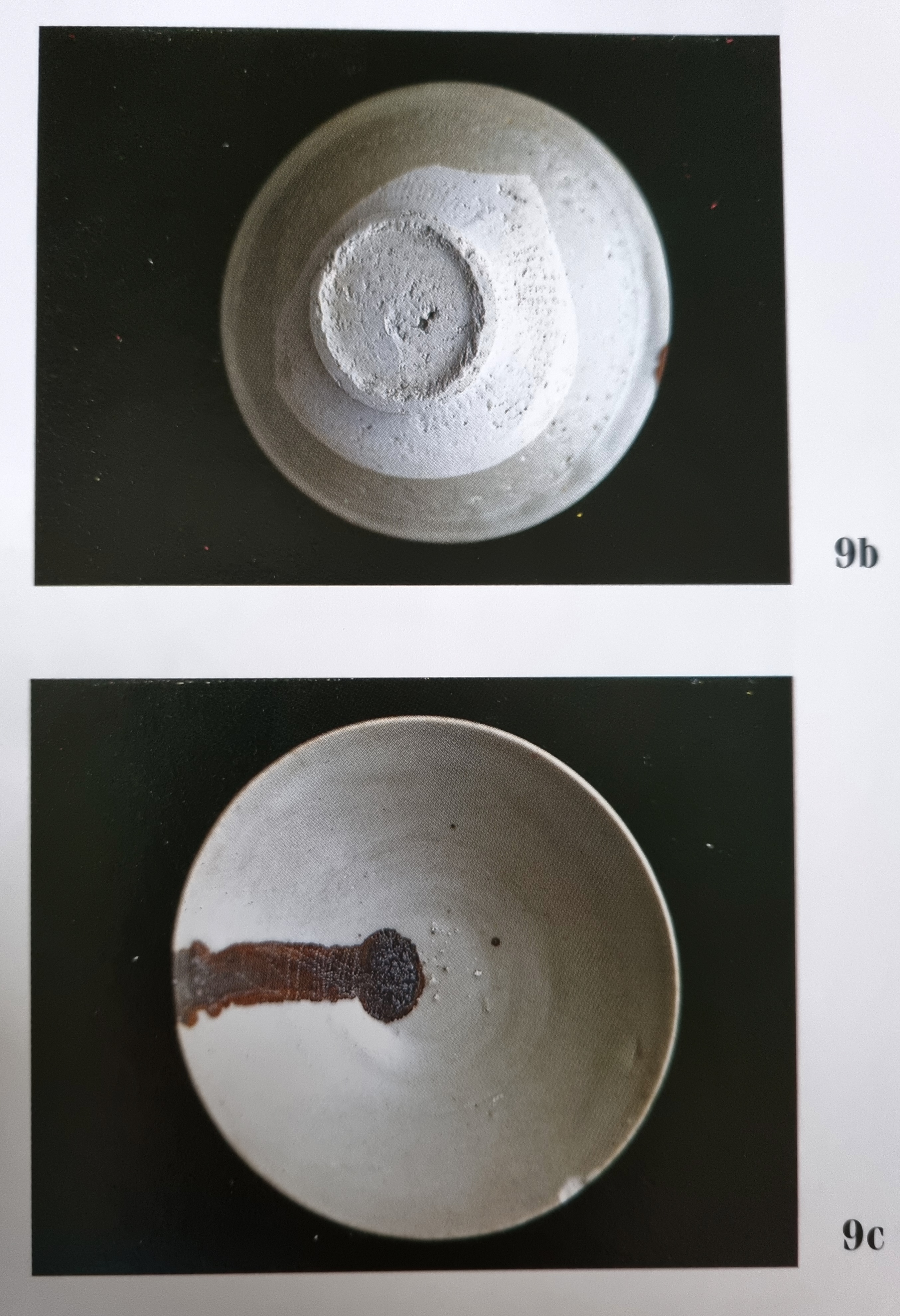 |
| Folded rim white /qingbai bowls from the Pulau Buaya wreck |
This bowl with folded rim is an iconic form which was first produced during the Tang period by the Xing kiln. In view of its popularity, they continued to be produced over a long period of time by many kilns in China. Based on archaeological findings, Guangdong and Fujian also produced large quantity for export during the Northen Song period. For those from the Pulau Buaya wreck, in my view they are likely not from the Guangdong kilns. The form especially the foot treat, glaze and paste are different from some the examples that I could find from the Guangdong Xicun and Chaozhou Bijiashan kilns.
 |
|
| Examples from Chaozhou Bijiashan kiln | |
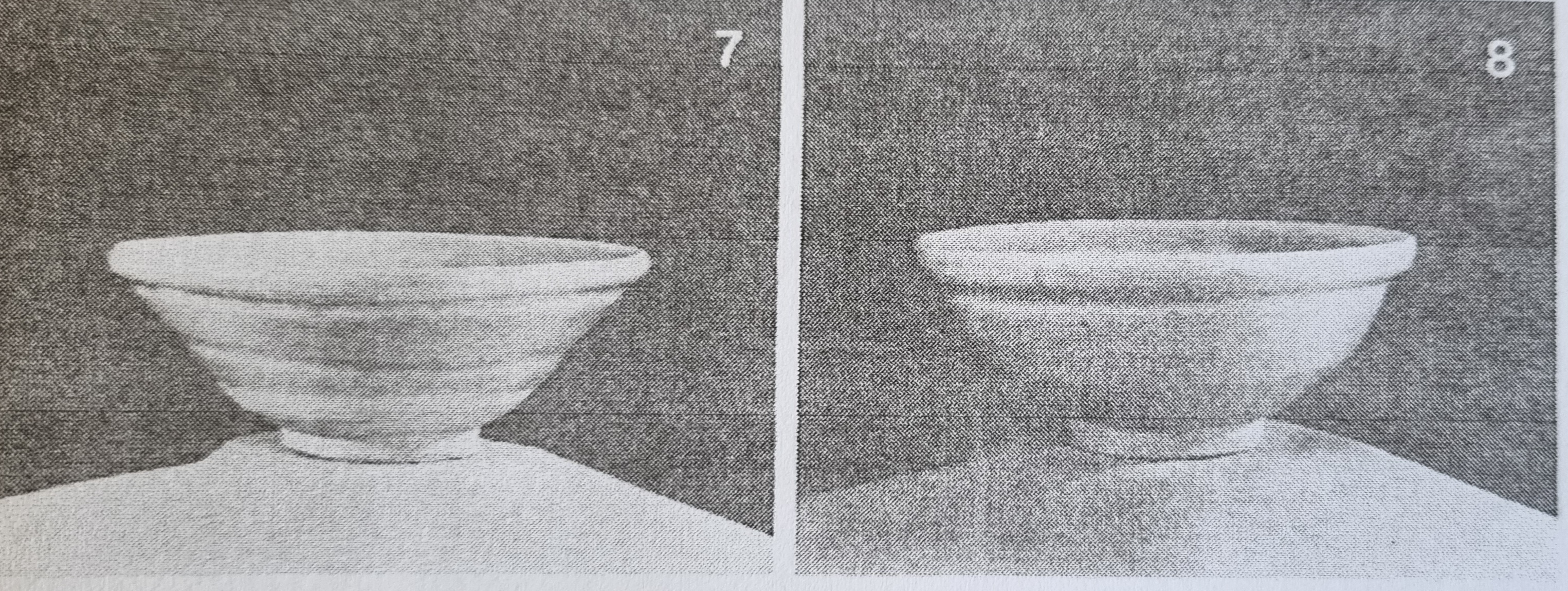 |
|
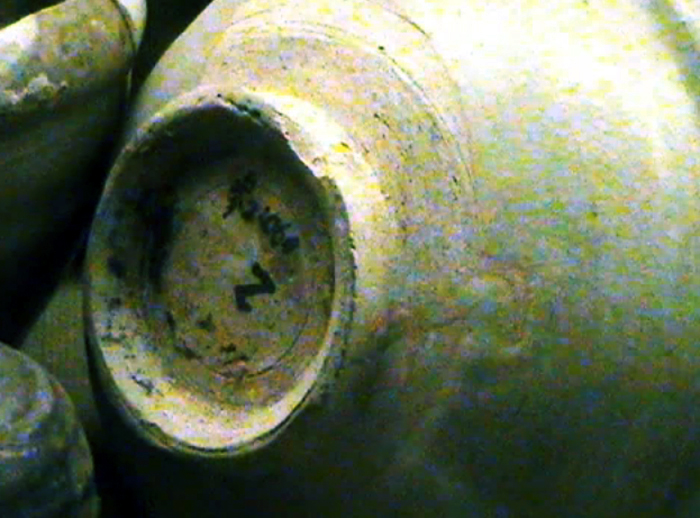 |
|
| Examples from the Guangdong Xicun Kiln | |
|
|
|
| Guangdong Xicun kiln example from the Lingga wreck | |
One likely production site is Southern Fujian Zhangpu Zhu Shushan kiln (漳浦竹树山窑). The more coarse treatment of the foot, the form and glaze appearance shared much similarity. It is interesting to note that such bowls from this kiln was produced in large quantity based on the archaeological survey.
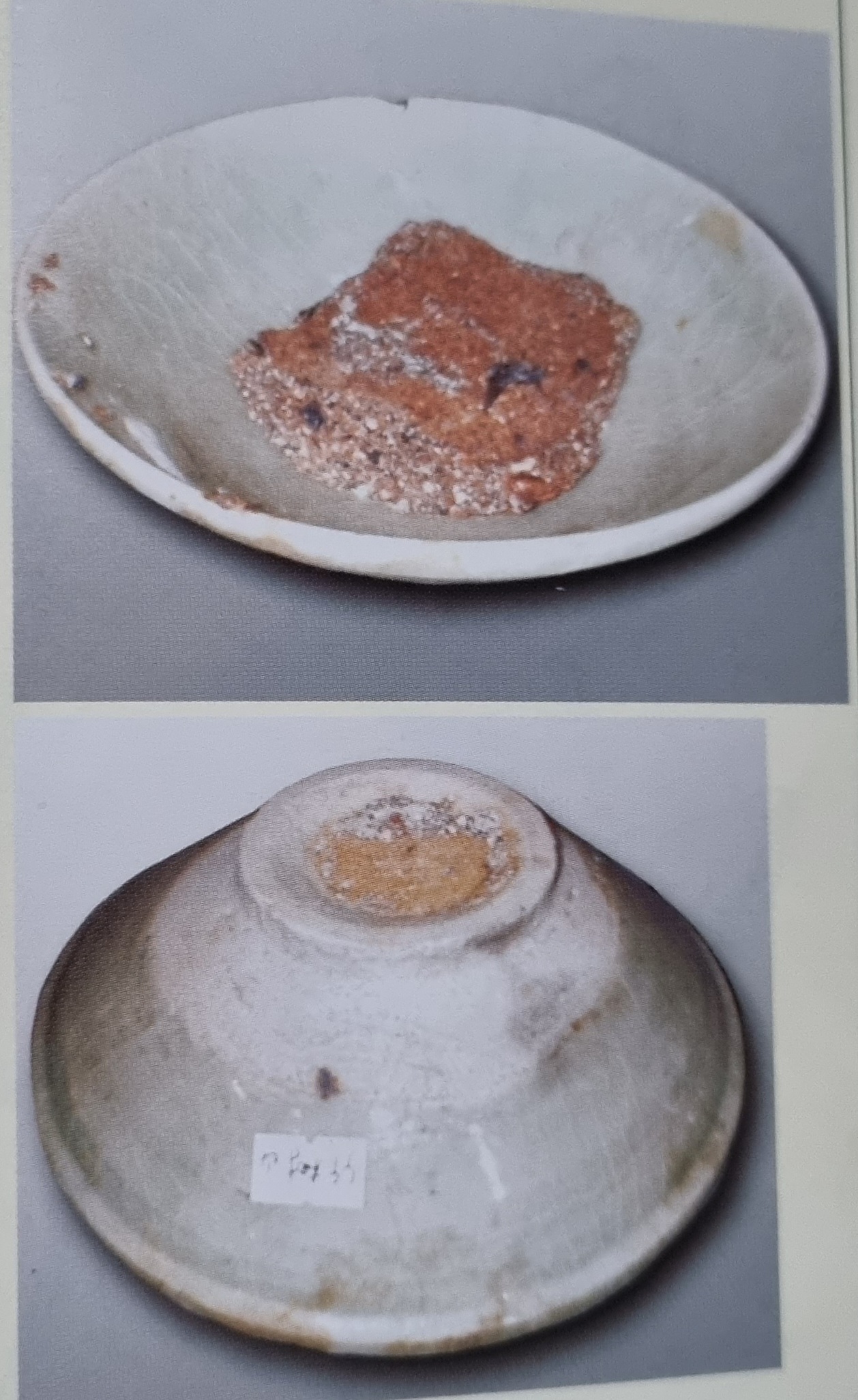 |
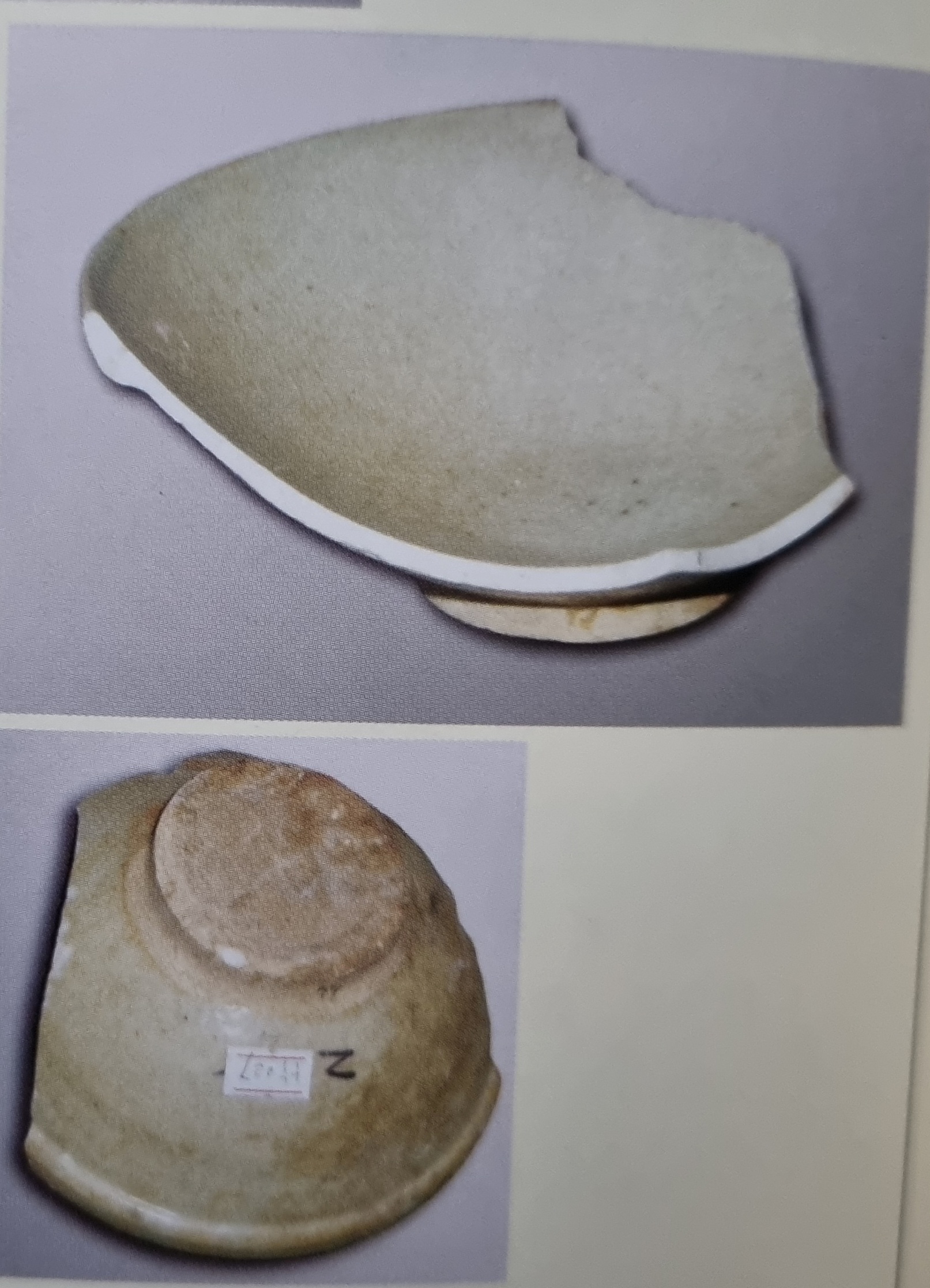 |
| Two examples from the Zhangpu Zhu Shushan kiln |
Besides the above bowls, several other type of bowls with carved/combed decoration from the wreck could also be from Zhangpu but from another Northern Song kiln Luo Yuan Jing (罗宛井窑). In the wreck, there is a type of bowl with carved deer motif encircled by abstract combed lines. In the past, there is suggestion that they were produced in Fujian Zhangping kiln (漳平窑). Recently, I came across some illustrations of bowls from the Zhangpu Luo Yuan Jing kiln. In all aspects, they are also similar to that from the Pulau Buaya wreck. Hence, it may be another of the likely production site.
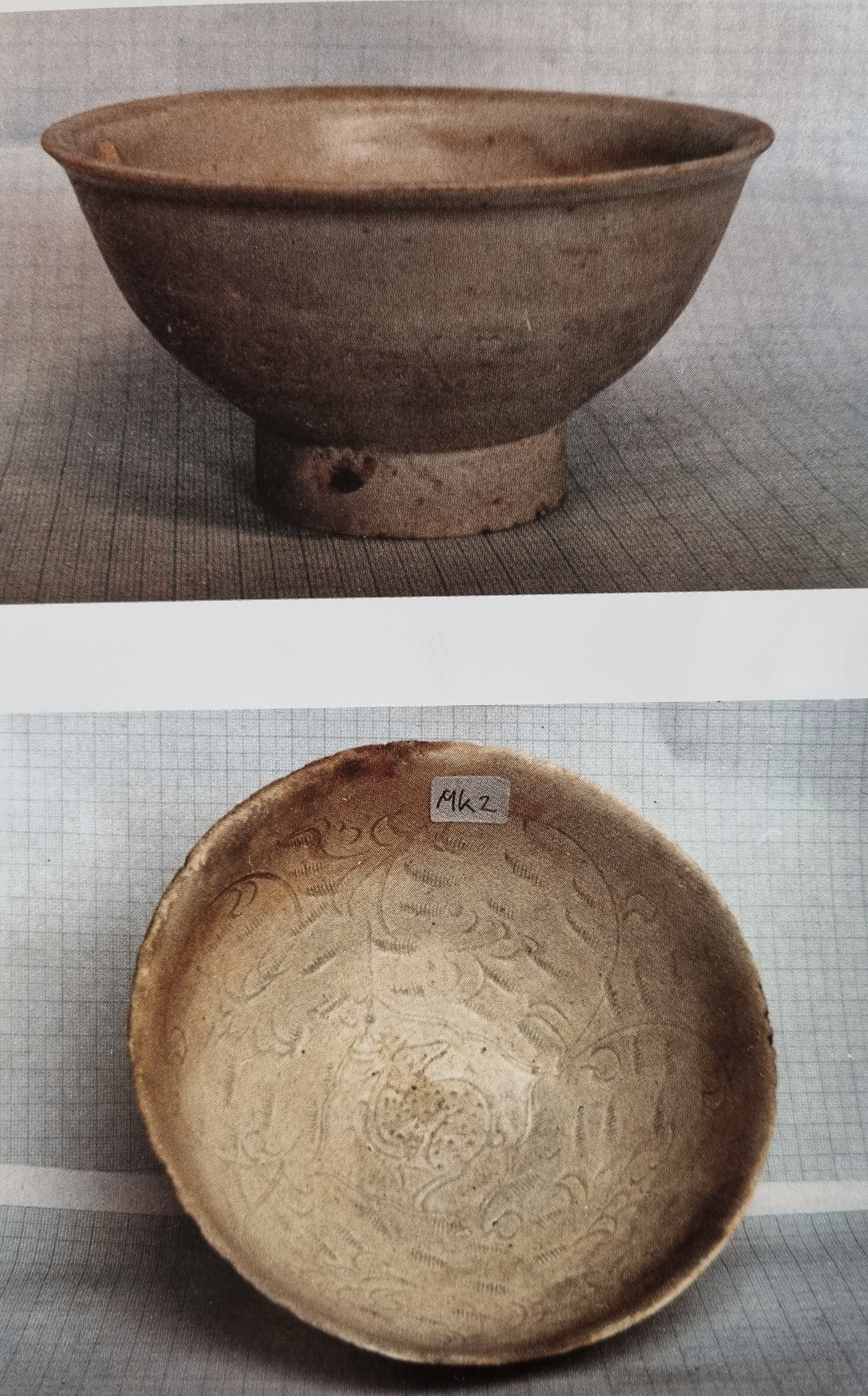 |
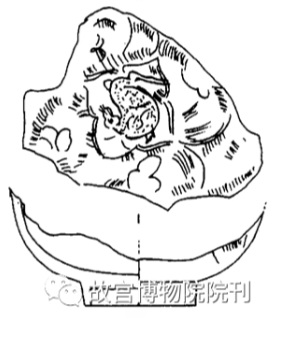 |
| Bowl with deer motif from the Pulau Buaya wreck | Illustration of bowl from the Zhangpu Luo Wan Jing kiln |
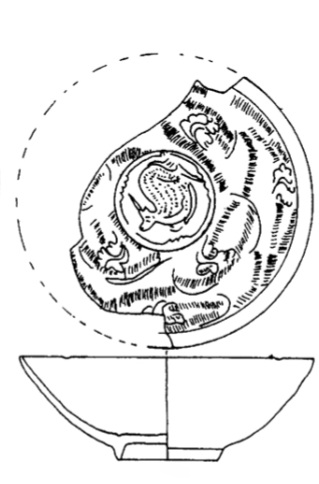 |
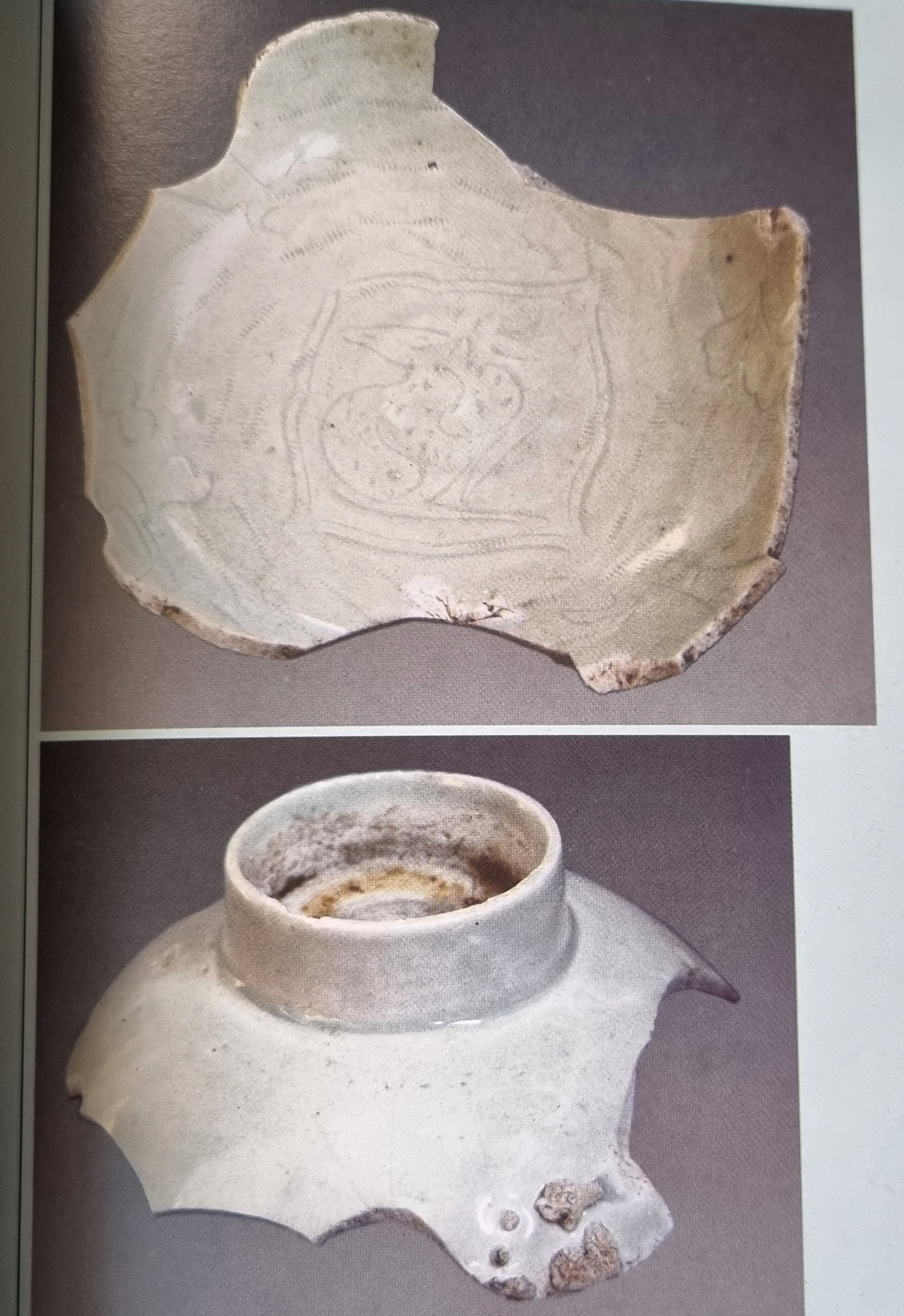 |
| Illustration of bowl from the Zhangpu Luo Wan Jing kiln | Example from Fujian Zhang Ping kiln |
We can also find comparable example for another type of bowl with abstract carved/combed decoration from this wreck which could be from the Zhangpu Luo Wan Jing kiln.
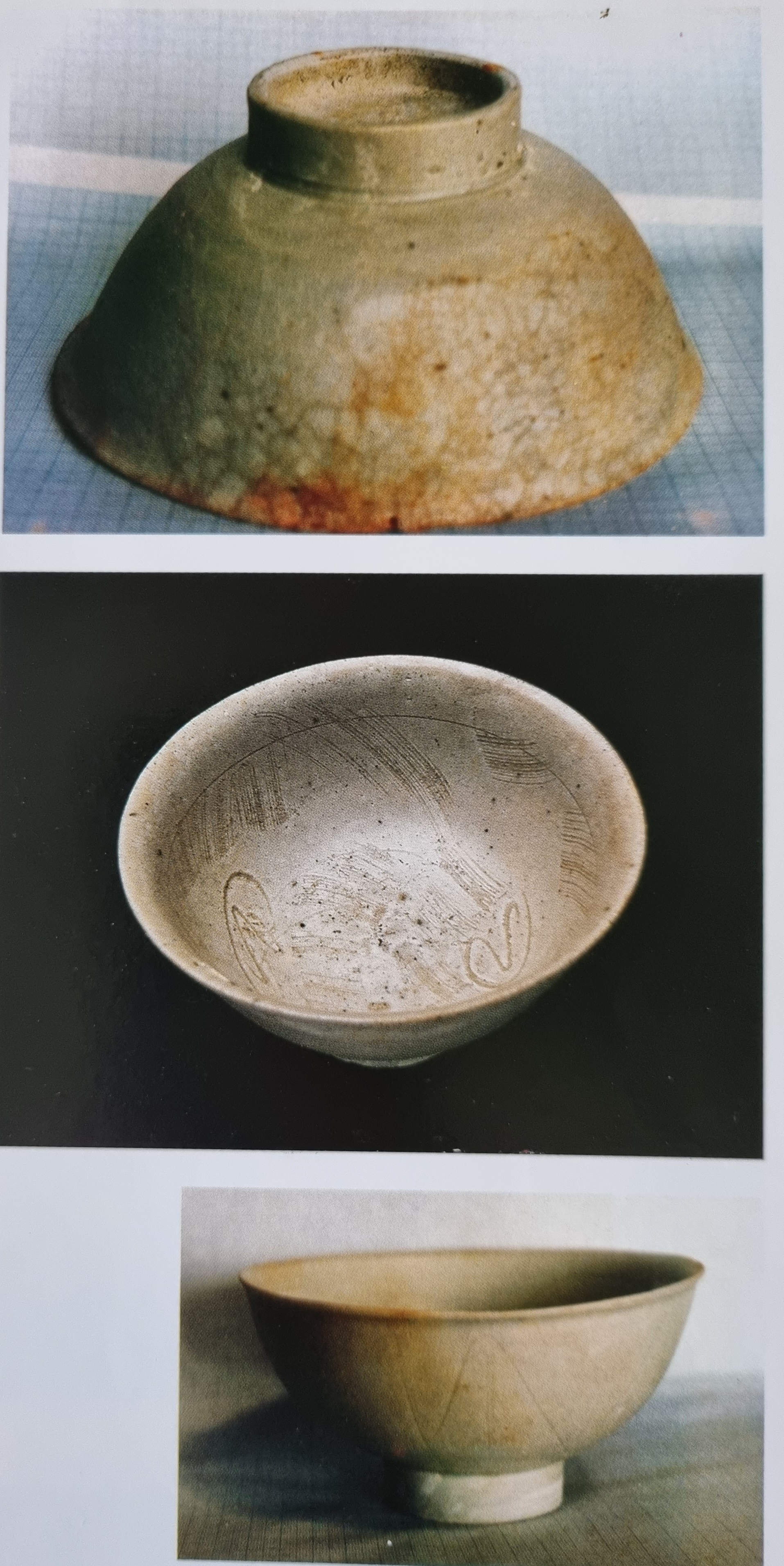 |
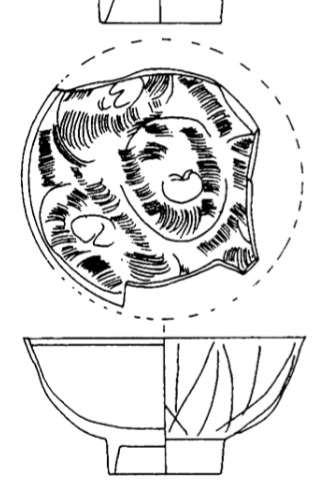 |
| Example with carved/combed decoration and angular leave decoration on the external wall | Illustration of similar bowl from the Zhangpu Luo Wan Jing kiln |
Besides, Zhangping and Zhangpu kiln, Nanan in Southern Fujian is another kiln that produced similar range of products. It would not be surprising that they may be from other neighbouring kilns as they shared common features due to geographic proximity. In differentiating them from Guangdong kiln, particular attention must be paid to the variation in glaze texture and the paste.
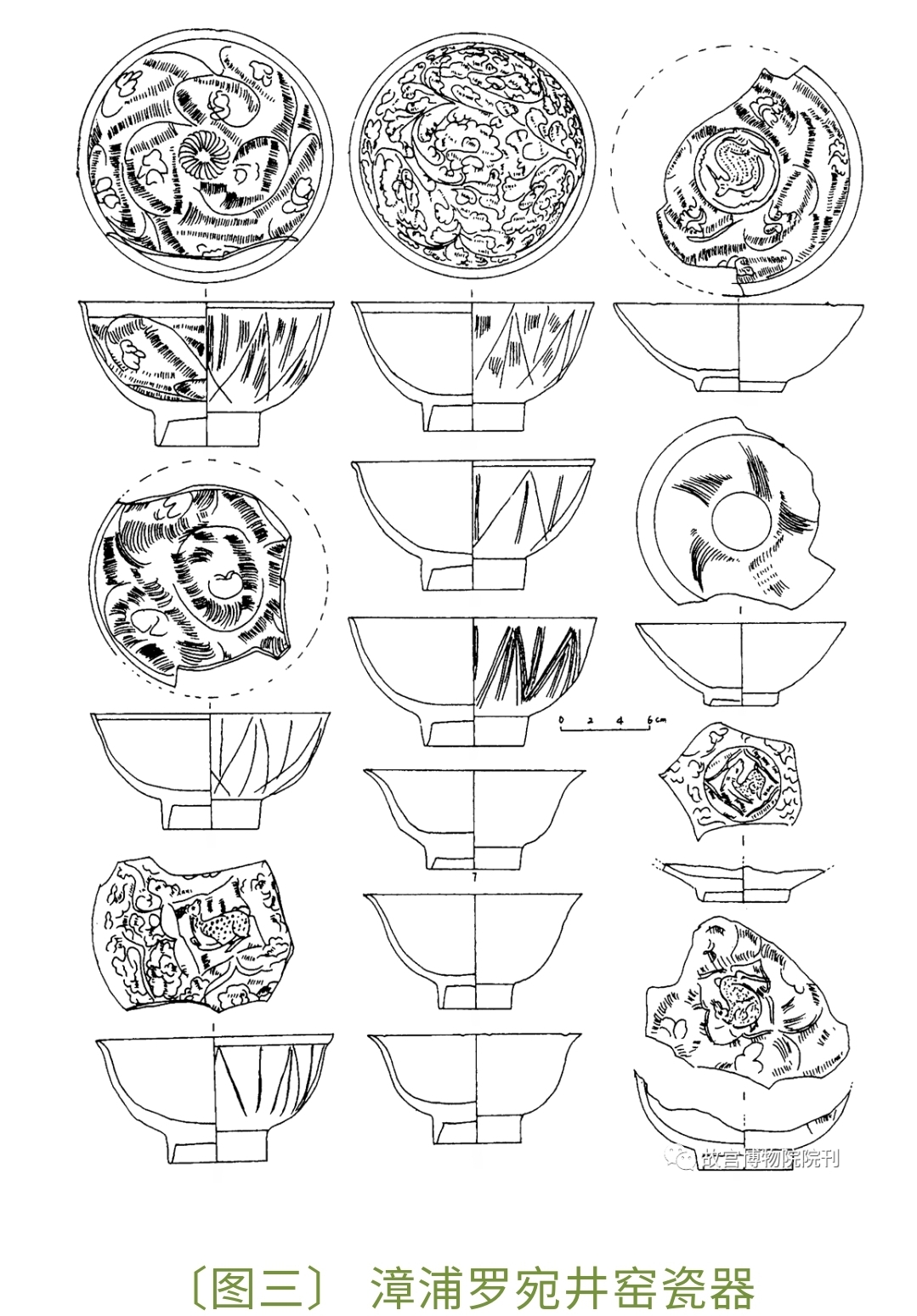 |
| Illustrations of some bowls from the Zhangpu Luo Wan Jing kiln |
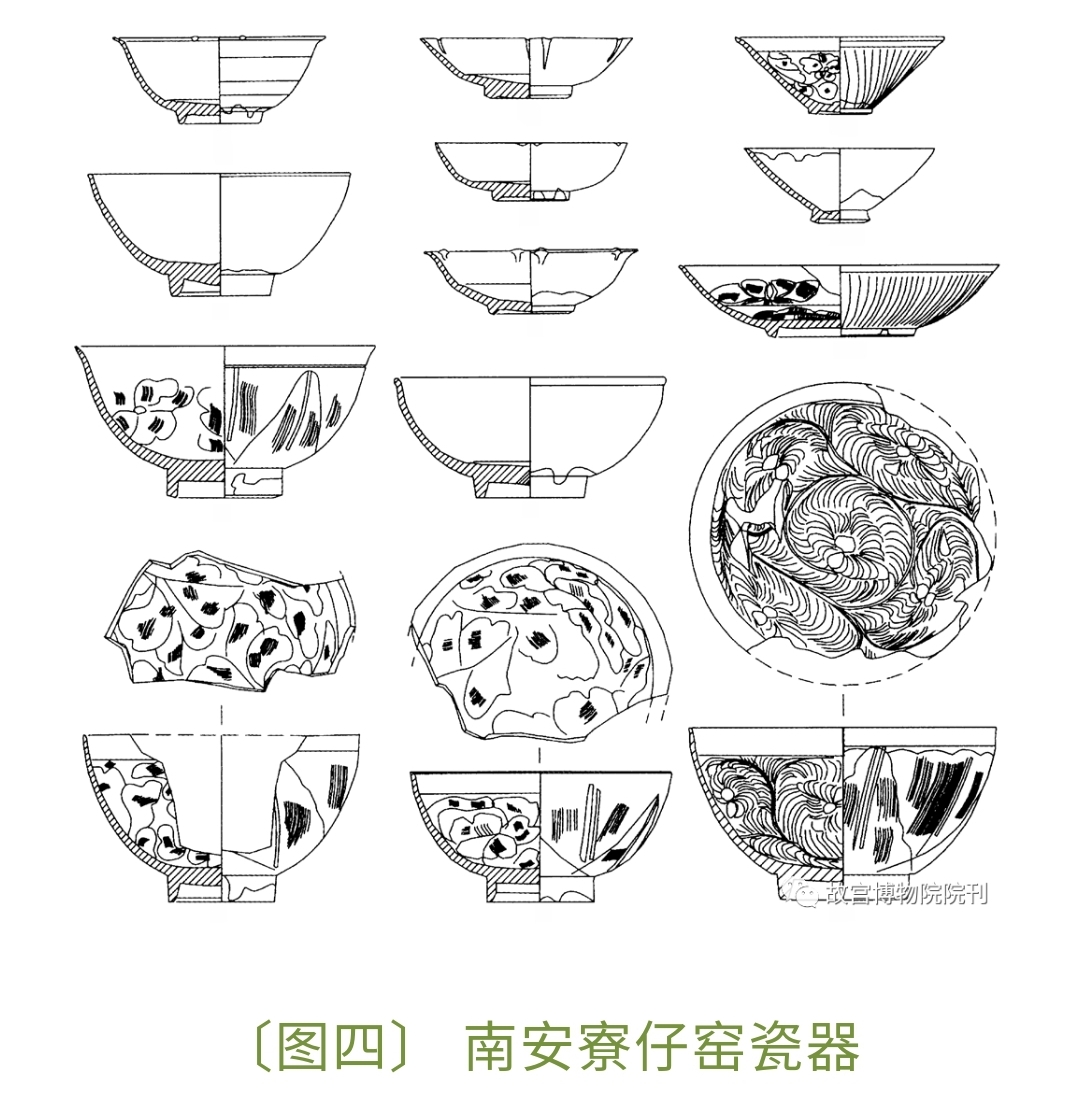 |
| Illustration of some bowls from the Nanan Liao Zai kiln (南安寮仔窑) |
To conclude, the late Northern Song period is an interesting phase in the study of export ceramics from Guangdong and Fujian. Comparatively, very little research has been done in this area and much neglected by the academic circle. It is a short phase but an important piece of puzzle to complete our understanding of the history of export trade ceramics.
Written by: NK Koh (27 Aug 2022)